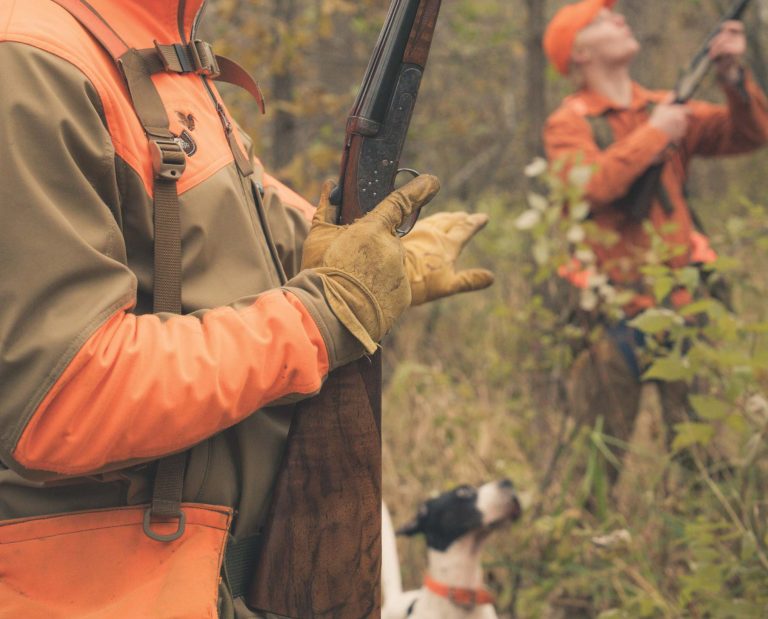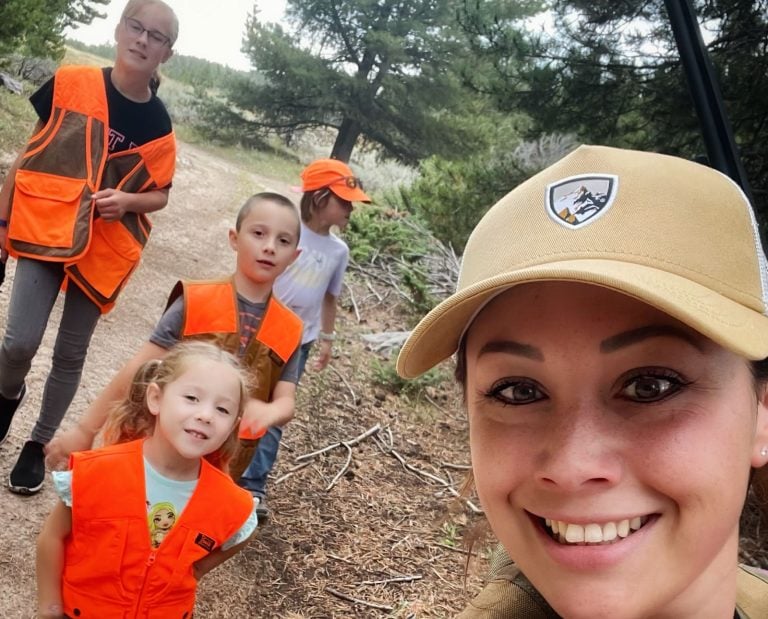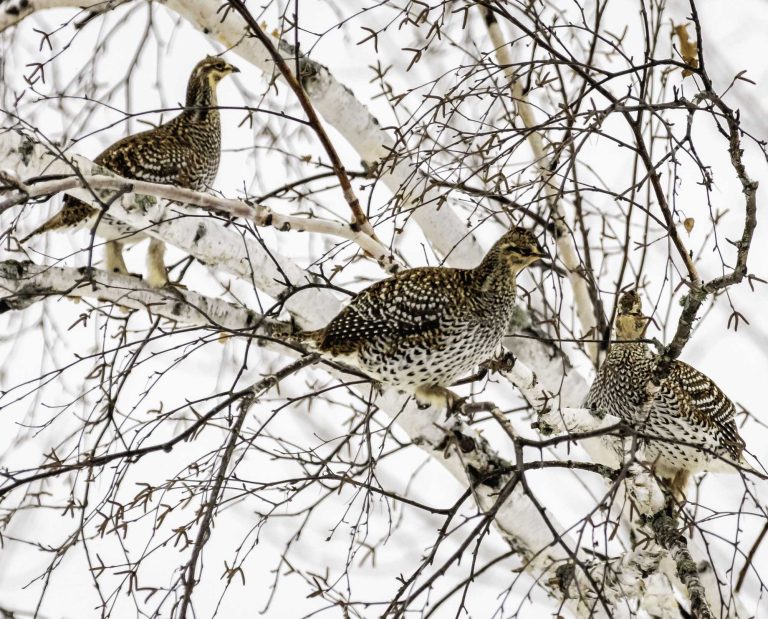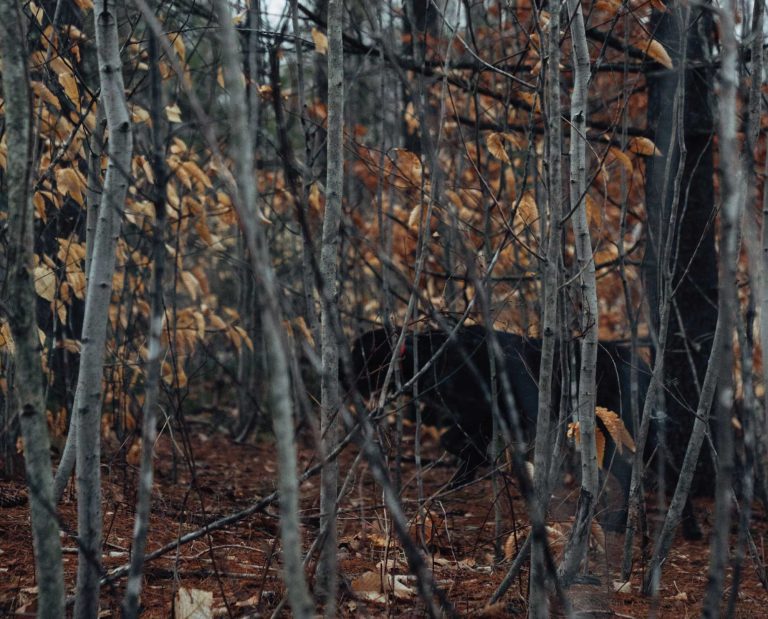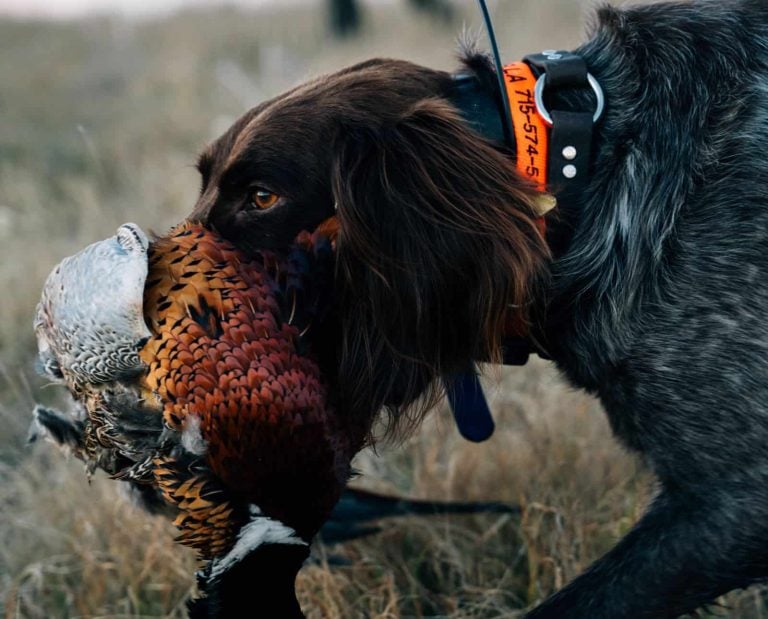How to Find Chukar by Water, Cover, and Food Source

A brief look at finding good chukar habitat with Chukar Chasers
Chukar (not chukars) are native to Eurasia and have been introduced into North America, the Hawaiian Islands (so yes, pack your blaze floral upland vest) and New Zealand. The Western states include Arizona, California, Oregon, Washington, Idaho, Nevada, Utah, Colorado, Wyoming, and Montana, and are are also found in British Columbia. The only trouble is actually finding them in those areas.
The chukar hunting equation for increasing your luck in tracking down the elusive chukar partridge, or rather those red legg’ed devils, begins with finding water. Water is gold in the arid West. You’ll need to start with a legitimate water source such as a lake, reservoir, stream, creek, pond, water trough, or wildlife guzzlers, also known as water catchment systems. For those who are unfamiliar with wildlife guzzlers, many state wildlife, fish and game departments, along with outdoor and wildlife organizations and volunteers, construct these self-contained precipitation collection systems in areas lacking a reliable and significant water source for wildlife to thrive, or even to survive.
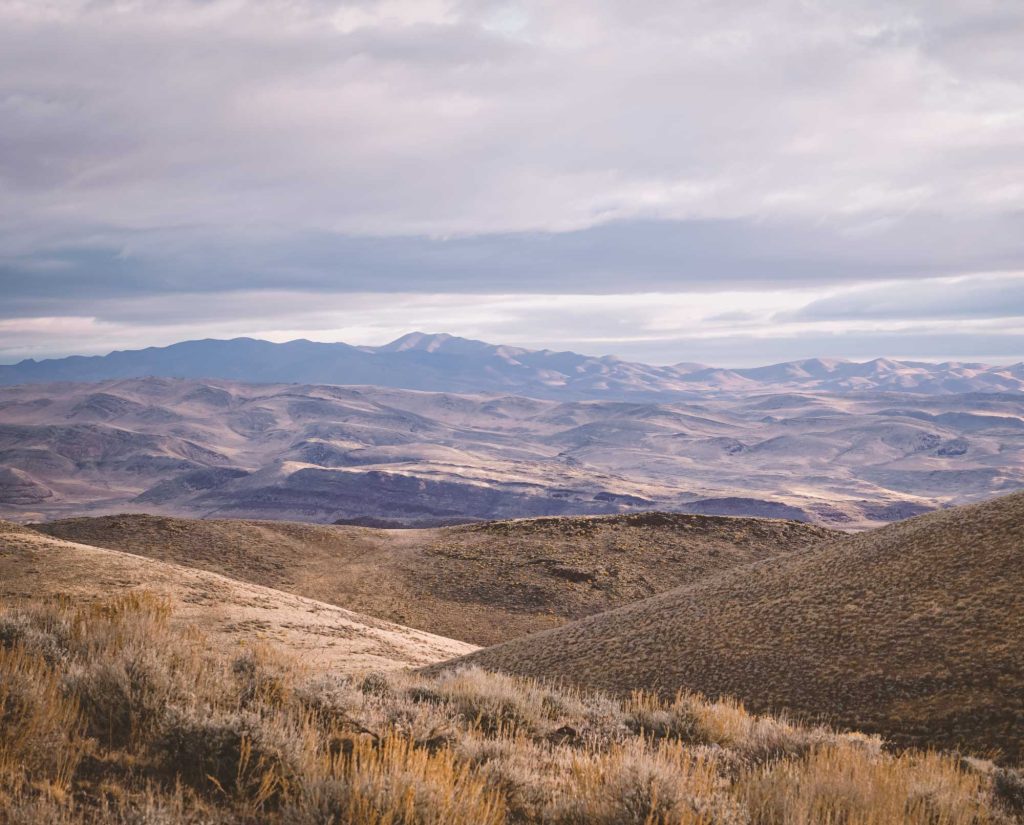
Water is the Most Important
Remember, water is the Holy Grail. Find the water source and chukar will likely be in the area. This, however, will change once the weather turns, with the late spring and fall rainstorms and when the winter snowfall covers the ground. Any precipitation will cause the birds to spread further from the main water source, further from the grail.
Chukar Still Need Cover
Second, find cover. Without protection from nest predators such as magpies, ravens or snakes, as well as predators of young and adult chukar such as bobcats, badgers, mountain lion, snakes, hawks and falcons, chukar do not stand a chance. Chukar habitat is also vital to protect chukar from those chasing them and putting lead shot in the air–or for those Californians, lead-free loads in the sky. Cover comes in many forms, but it will primarily consist of robust vegetation, high grass, sagebrush and rock outcroppings. These birds like the high country and high rock areas to perch up on the rimrock, sunbathing and glassing for predators, and laughing (wait till you hear one) at those foolish enough to hike the uplands in pursuit of the elusive chukar.
Chukar Have to Eat
Lastly, find food. We cannot survive without it; neither can chukar. Chukar are ground foragers, feeding on green grass, cheatgrass (that damn invasive weed), seeds, thistles, piñon pine, sunflower and even grasshoppers. This is the trifecta necessary to increase your chances to find wild chickens. Remember–the dogs hunt; we just chase the devils for revenge.




